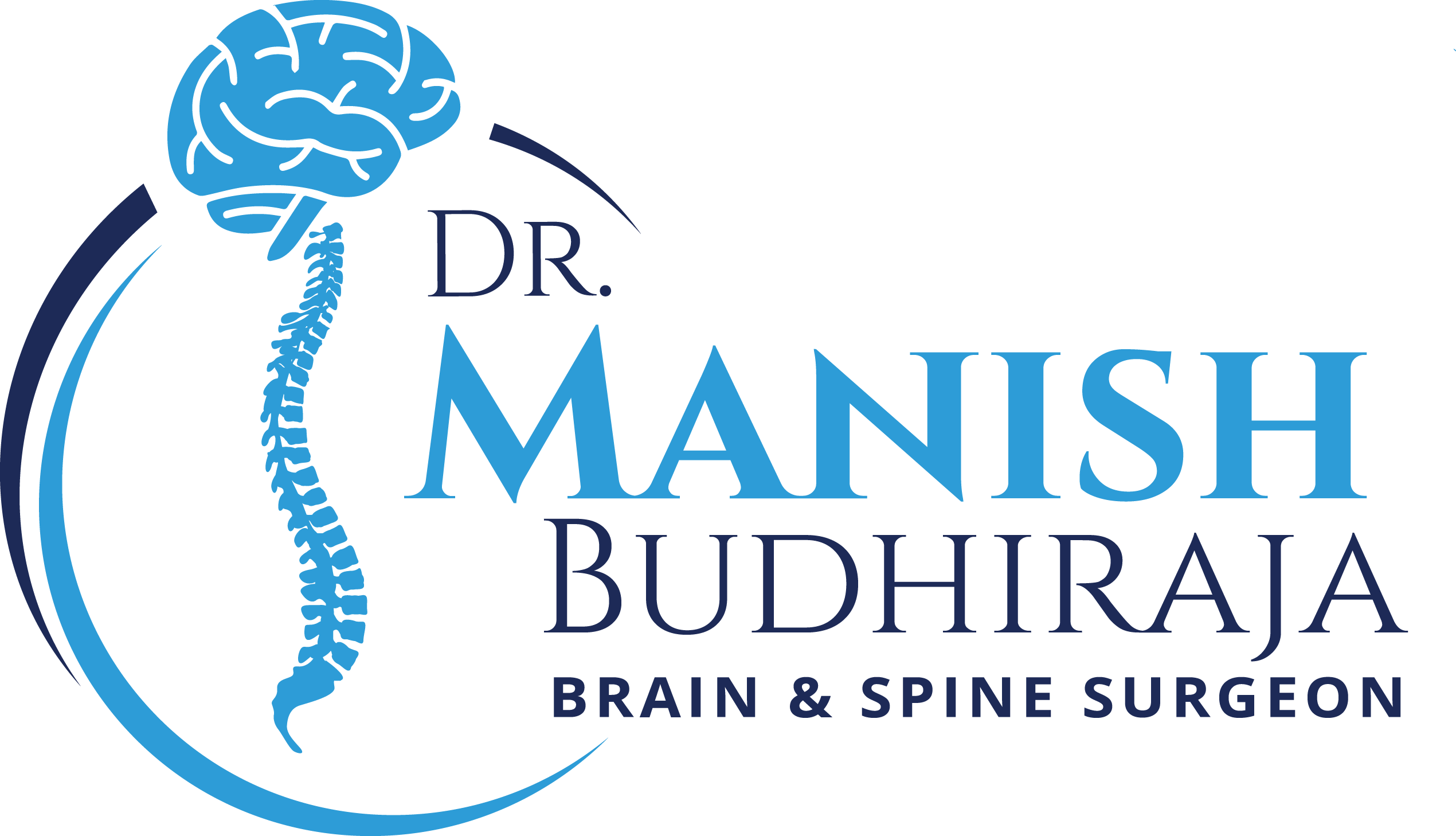Spinal Disc Herniation
Spinal Disc Herniation
The Spinal Disc herniation can occur anywhere in spine, in neck i.e. cervical spine, middle back i.e. thoracic spine, lower back i.e. lumbar spine. The symptomatology depends on the level of herniated disc. Usually most common symptom is Pain radiating to arms or legs. Many people may not experience any neck or back pain

Diagnosis
A herniated disc may be diagnosed after a complete history and comprehensive physical exam. In addition, several diagnostic tests can be used. Imaging studies are usually a first step in understanding spine pathology. These include standing and bending X-rays to evaluate spinal alignment and stability. Your doctor will determine whether additional tests are needed. An MRI is the standard imaging to assess disc and nerve pathology. An Nerve Conduction Study (NCS) may be used to determine which specific nerves are involved and the extent of possible nerve damage
Treatment
The good news is that when properly identified and treated most patients will improve with non-operative care. But for the few where nerve compression remains too much, minimally invasive surgical interventions are usually highly successful in eliminating the symptoms and allowing people to return to a full and active lifestyle.
The goal of surgery is to remove the offending disc material and decompress the irritating pressure. Surgery may be recommended if there is unbearable pain non-responsive to medical management, unacceptable or progressive weakness, evidence of spinal cord compression, and/or bowel or bladder concerns.
Our Neurosurgeon has performed operations to address herniated discs in the neck, middle and the lower back on many patients of all age groups and allowed them to return to their daily activities without limitation or restriction once the tissue is healed. In a minimally invasive microdiscectomy surgery, the remaining disc requires two to three months to heal before returning to normal level of activity.
For simple daily activities, patients are usually able to return within a few days of the microsurgical outpatient procedure. Appropriate surgical correction must take into account the patient’s medical and surgical history, existing spine pathology and what symptoms need to be addressed.


